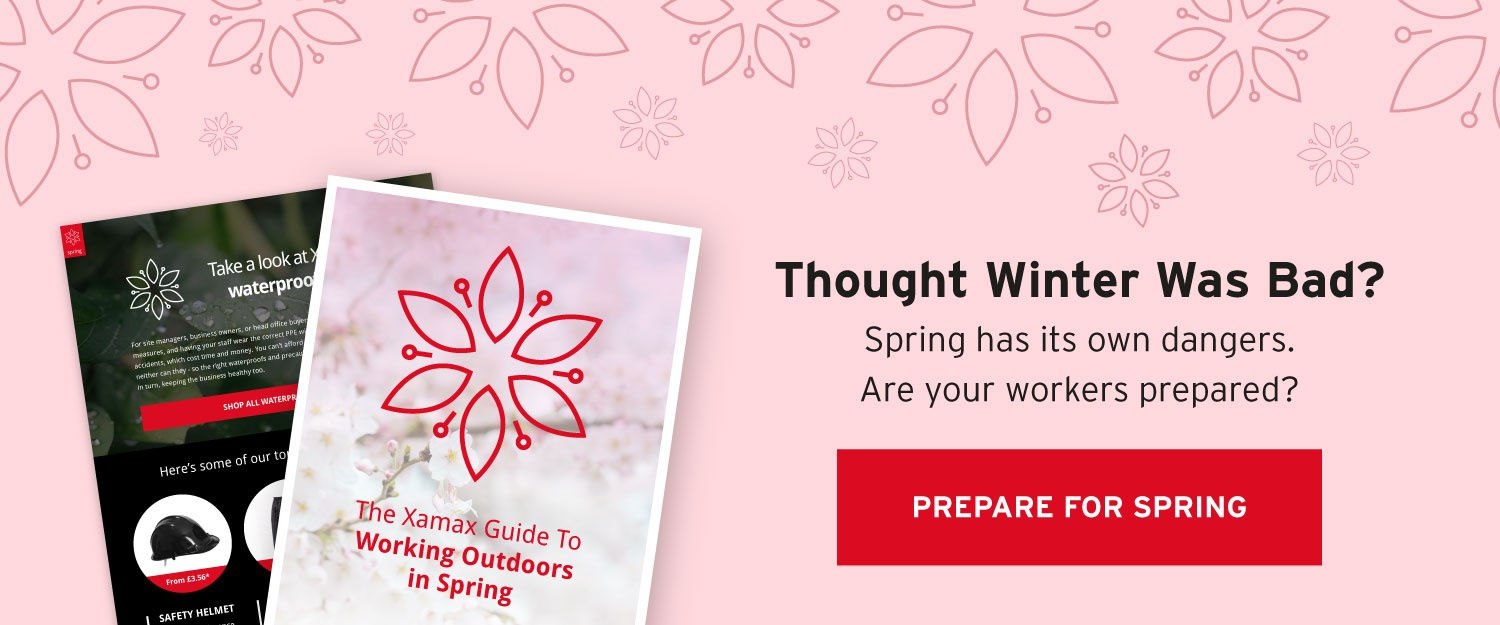We've Changed The Way We're Packing Orders - Here's Why It's Important
Packaging waste in the UK is a major cause for concern. That's why, here at Xamax, we have decided it's time to put an end to this and it's time for a change. We are going from bagging each individual item to using a single box liner bag.

Our new leaflet insert which is included in all of our new, environmentally friendly packaging. Why We're Changing
Most of the plastic that we use ends up in the ocean and that alone can have detrimental effects on our environment. When you consider that eight million tonnes of plastic is estimated to end up in our oceans alone every year, you have to consider the impact single-use plastic has on the land.
This big change isn't something we've been asked or forced to do. This is something all of us at XAMAX® feel is the right thing to do, at least if were are to do our part in order to protect our planet from any further and unnecessary damage.
The market for online shopping continues to grow at a remarkable rate. Approximately 87% of UK consumers have purchased at least one product online since 2016. In fact, the UK is only behind Norway when it comes to making online purchases in Europe.
But all of these products need packing and shipping. And the more packaging that's used, the more delivery vehicles are needed too.
When you take into consideration that online retail sales since that time have reached £133 billion, that's a lot of packaging that's going to waste when only one-third of UK consumers' plastic packaging is being recycled and with a little less packaging each time, internet retailers cut carbon emissions massively.
We felt this responsibility here at Xamax, as we used a staggering one million single-use plastic bags every single year.
That's why we've chosen to make this change, and by using a single box lining bag rather than individually packing each garment, we can reduce our plastic usage by 95% which is good for the environment and for you.
Why The Change Is Important
By making the change from individually-packed garments, the volume of air in each order can be reduced as more contents can be packed into a larger single box lining bag. By doing this, it allows us to fit even more parcels onto vehicles which, in turn, cuts down on C02 emissions. By transporting more parcels in a single journey rather than repeated journeys, less plastic is wasted and C02 emissions continue to be cut as less and less packaging is used.
The planet can't be saved overnight, but this simple switch should become the norm and the effect will be cumulative.
By adopting the use of a single box lining bag, it's clear to see that there is less waste overall. For example, if you order six garments then you'd be likely to receive six different single-use plastic bags which are, more often than not, thrown away without being recycled. With our change, you'd receive all of your garments in perfect condition with less plastic packaging being used.
Single-use plastic bags shouldn't be the norm in 2018. It's about more than being a blight on our landscapes if disposed of incorrectly. Single use plastics cause damage further down the eco-system when they wash up on shores, polluting seas and harming wildlife.
Wasteful packaging also has a huge carbon footprint besides causing untold suffering among birds and wildlife who mistake plastic for food. With more and more single-use plastic bags being thrown away, it can cause plastic smog and that can affect how much oxygen marine plants produce and how much carbon dioxide they absorb.
And when plastic cannot degrade, it eventually ends up in our oceans. Considering 70% of our oxygen comes from marine plants, this is a serious threat to survival for us all.
By searching for a supplier that has adopted the change, it shows that you're buying from a company who truly show that they care for the environment and value the impact single use plastic bags can have.
It's time to be part of the solution and not the problem.
Want To Find Out All About Spring Workwear Essentials?
Download a FREE copy of our spring-dedicated Workwear Buying Guide, which is also available for the summer, autumn and winter. The spring guide outlines the average UK temperatures for each season, the inherent dangers you need to protect against, and how to clothe your workers to best defend against outdoor dangers.

- 6 Visual Cues That Shape Workplace Culture - 23rd September 2025
- How to Roll Out a Workplace Uniform Policy - 23rd September 2025
- What Makes Workwear ‘Good’? How to Choose Work Clothing That’s Actually Built for Work - 13th August 2025






